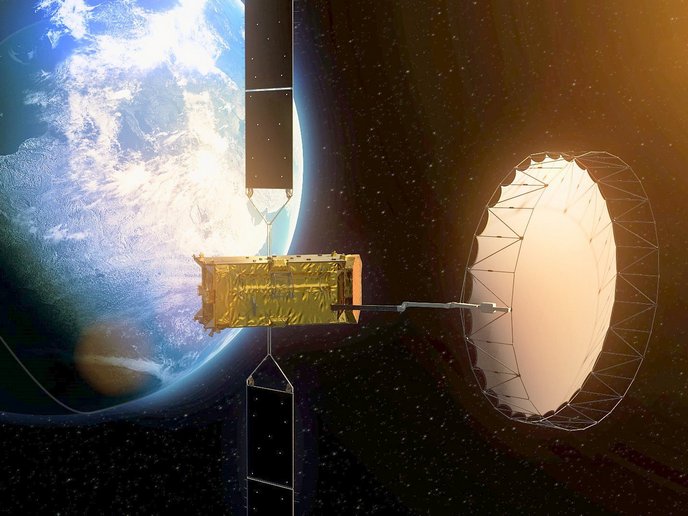Paving the way for electric propulsion in space
Look overhead on a clear night and it isn’t only stars that you will see. Also on display are satellites, which are essential to telecommunication and scientific research. To keep costs low, space industries are on the hunt for technologies that maximise embarked payload while reducing the mass of the service platform. Electric propulsion (EP) is key to achieving this. Coordinated by the esa.int (European Space Agency) (ESA), and with major European Space Agencies as partners, the EU-funded EPIC2 project provides support for a strategic research cluster of operational grants focused on EP.
A masterplan for programme support activity
Space research is costly, and EPIC2, a continuation of the EPIC grant initially funded in 2014, targets both innovation and competitiveness. A defining feature of the project’s actions is support for both incremental and disruptive technologies. Incremental technologies are those that build within existing systems and offer small but market-ready improvements. In the context of EP, this includes advances made to Hall-effect thrusters (HET), radio frequency ion thrusters (RIT), and high efficiency multistage plasma thrusters (HEMPT). According to project coordinator Jose Gonzalez Del Amo: “Electric propulsion in Europe has grown enormously thanks to EPIC. Several EU companies are now world leaders.” European competitiveness is demonstrated by the Hall-effect thruster made by Safran, which is now a world leader in the telecommunication and navigation market. Also noteworthy is the HEMPT built by Thales Ulm which is baselined for several constellations of satellites. Baselining has occurred for RIT and Cubesat EP for several ESA missions as well. Disruptive technologies change the status quo by replacing a dominant technology with something that offers radical improvement. In the early stages of development, disruptive technologies often underperform compared to well-established technologies. For this reason, a programme support activity grant such as EPIC2 is essential to give nascent disruptive technologies a fighting chance.
Coordination, coherence, and conclusions
The European Commission (EC) recognises that supporting EU space industries requires teamwork and is aware of the challenges of getting competing companies to collaborate. As Del Amo says: “It is very difficult to coordinate the effort of different countries interested in electric propulsion due to the competition between their products. A big effort was made, as everything had to be done by consensus.” The EPIC2 consortium ensured coordination among projects in several ways. They identified activities needed to address project challenges and assessed projects’ activities and results. As needed, EPIC2 updated the roadmap for realising European competitiveness in global space industries and disseminated results through presentations and conferences. EPIC2 also advised the EC, making sure the institution had the most up-to-date information to guide its policies and decisions. The consortium recommended that the EC support emerging space companies by providing financial support, and securing access to space experts and facilities when needed. EPIC2 also encouraged the exploration of new propellants, as xenon, the market standard, is too expensive. The heavens overhead are rapidly changing. EP-powered Cubesat satellites – no larger than two kilograms – are growing by the thousand, and interplanetary missions are no longer the stuff of science fiction. By supporting the technical development of operational grants in a strategic research cluster, EPIC2 is sharpening the edge of European competitiveness in space.
Keywords
EPIC2, electric propulsion, space industries, Cubesat, satellites, HEMPT, Safran, propellants, xenon, radio frequency ion thrusters, program support activity grant, incremental technology, disruptive technology, Hall effect thrusters, Thales Ulm



